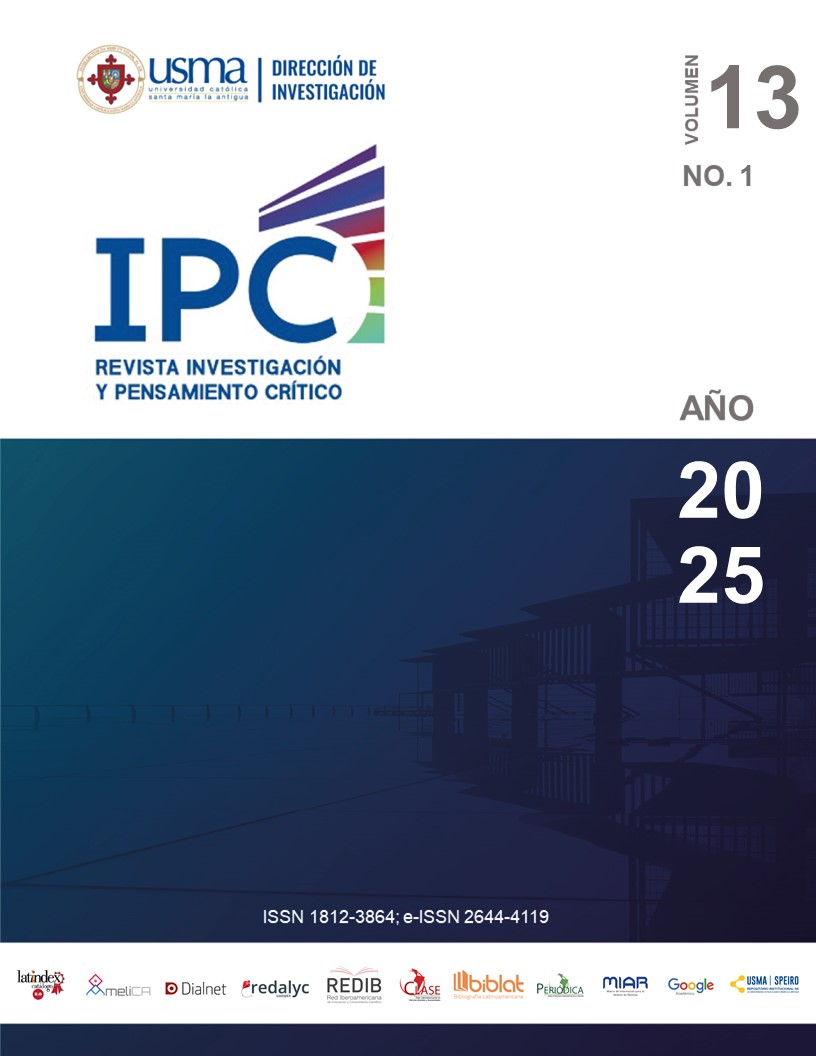Active Learning for Assisted Recognition of Electronic Components: An Instructional Design with insAItech Circuit Mentor
DOI:
https://doi.org/10.37387/ipc.v13i1.401Keywords:
Electronic Component Recognition, Instructional Design, Education 4.0Abstract
Electronic component recognition is a fundamental skill for electronic engineering stu-dents. Traditionally, this learning takes place through non-assisted laboratory practices, where some students face difficulties in recognizing components. In this regard, the princi-ples of the Education 4.0 philosophy suggest the use of new technological tools that could be applied as assistants in the teaching-learning process. This article proposes an instruc-tional design that incorporates the insAItech Circuit Mentor tool as a computer vision-based assistant to enhance the teaching and learning of passive component recognition in laboratory exercises for the "Electronic Technical Drawing Laboratory" course. This ap-proach, based on Kolb's Experiential Learning Model and Gagné and Briggs' instructional model, promotes active, personalized, and interactive learning. Using the device can allow students to explore components, obtain detailed information, and receive immediate feedback, creating a more dynamic and engaging learning experience than traditional methods. This work, although in a presentation phase, lays the groundwork for the future development and evaluation of the effectiveness of the instructional design and the in-sAItech Circuit Mentor tool.
Downloads
References
Agila-Palacios, M. J. R. L., Dunia, I., & Sarango Lapo, C. P. (2016). Entornos gamificados: un contexto de aprendizaje activo. In Memorias de la Décima Quinta Conferencia Iberoamericana en Sistemas, Cibernética e Informática.
Allegra, D., Laganà, M. M., Valenti, G., Rapisarda, V., & Pennisi, M. (2020). Artificial intelligence in the healthcare sector: A scoping review. Journal of Business Research, 117, 599-611.
Barragán-López, J. F., Muñoz-Guevara, E., & Velázquez-García, G. (2021). Análisis sobre la evolución tecnológica hacia la Educación 4.0 y la virtualización de la Educación Superior. Transdigital, 2(4).
Boylestad, R. L., & Nashelsky, L. (2003). Electrónica: teoría de circuitos y dispositivos electrónicos (8ª ed.). Pearson Educación.
De La Cruz Rodríguez, A. E., & Donoso Quimbita, J. F. (2016). Diseño y construcción de una máquina didáctica clasificadora de objetos mediante visión artificial para el Laboratorio de Automatización Industrial de Procesos Mecánicos de la Facultad de Ingeniería Mecánica. Quito, 2016.
Gagné, R. M., Wager, W. W., Golas, K. C., & Keller, J. M. (2005). Principles of instructional design (5th ed.). Wadsworth Cengage Learning.
González, M.L., Marchueta, J., & Vilche, E. (2011). Modelo de aprendizaje experiencial de Kolb aplicado a laboratorios virtuales en Ingeniería en Electrónica.
Gosavi, C. S., & Arora, S. (2022). Active Learning Strategies for Engaging Students in Higher Education. J. Eng. Educ. Transform, 36, 1-7.
Heinich, R., Molenda, M., Russell, J. D., & Smaldino, S. E. (2016). Instructional media and technologies for learning (10th ed.). Pearson.
Jiao, L., Zhang, F., Liu, F., Yang, S., Li, L., Feng, Z., & Qu, R. (2019). A survey of deep learning-based object detection. IEEE Access, 7, 128837-128868.
Jing Li, Weiye Li, Yingqian Chen, Jinan Gu, (2021). "A PCB Electronic Components Detection Network Design Based on Effective Receptive Field Size and Anchor Size Matching", Computational Intelligence and Neuroscience, vol. 2021, Article ID 6682710, https://doi.org/10.1155/2021/6682710
Kolb, A. Y., & Kolb, D. A. (2005). Learning styles and learning spaces: Enhancing experiential learning in higher education. Academy of Management Learning & Education, 4(2), 190-212.
Kolb, A. Y., & Kolb, D. A. (2013). The experiential learning cycle as a guide for experiential educators. Experiential Learning Center Press.
Kolb, A. & Kolb, D. (2022). Experiential Learning Theory as a Guide for Experiential Educators in Higher Education. Experiential Learning and Teaching in Higher Education, 1, 38. https://doi.org/10.46787/elthe.v1i1.3362
Kolb, D. A. (1984). Experiential learning: Experience as the source of learning and development. Englewestilosood Cliffs, NJ: Prentice Hall.
Potočnik, J., Foley, S., & Thomas, E. (2023). Current and potential applications of artificial intelligence in medical imaging practice: A narrative review. Journal of Medical Imaging and Radiation Sciences, 54(2), 376-385. https://doi.org/10.1016/j.jmir.2023.03.033
Sánchez Guzmán, D. (2019). Industria y educación 4.0 en México: un estudio exploratorio. Innovación Educativa, 19(81), 39-63.
Published
How to Cite
Issue
Section
License
Copyright (c) 2025 info:eu-repo/semantics/openAccess

This work is licensed under a Creative Commons Attribution-NonCommercial-ShareAlike 4.0 International License.
1. The authors preserves the patrimonial rights (copyright) of the published works, and favors and allows their reuse.
2. The journal (and its contents) use Creative Commons licenses, specifically the CC BY NC SA type, where: "the beneficiary of the license has the right to copy, distribute, display and represent the work and make derivative works provided you acknowledge and cite the work in the manner specified by the author or licensor."
3. They can be copied, used, disseminated, transmitted and exhibited publicly, provided that: i) the authorship and the original source of its publication (magazine, publisher and URL, DOI of the work) are cited; ii) are not used for commercial purposes.
4. Conditions of self-archiving. Authors are encouraged to electronically disseminate the post-print versions (version evaluated and accepted for publication), as it favors their circulation and dissemination, increases their citation and reach among the academic community.











